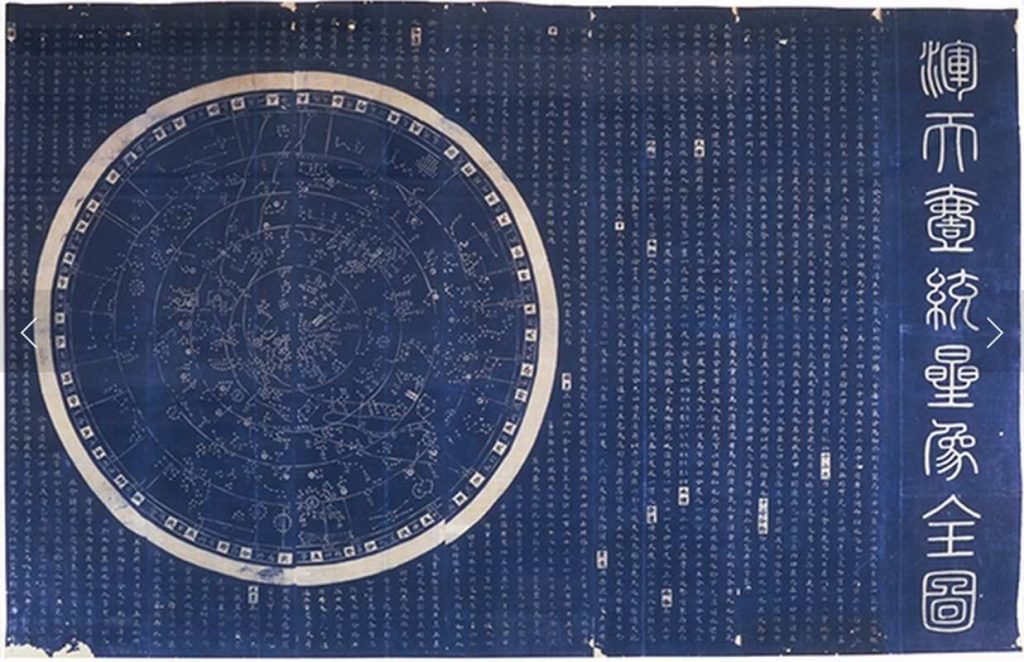In a delightful twist of history, recent discoveries reveal that ancient Chinese astronomers may have beaten their Greek counterparts to the celestial punch. This heartwarming story showcases the brilliance of the past and the wonders of modern science as we rediscover the legacy of early stargazers.
Long before the modern age, in a world illuminated by the gentle glow of countless stars, a remarkable Chinese astronomer named Shi Shen was making waves in the study of the cosmos. Around 335 BCE, he compiled a stunningly detailed star catalogue known as the Star Manual of Master Shi. This pioneering work documented 120 stars and their exact positions in the sky, marking him as one of the earliest astronomers to use a method akin to today’s spherical coordinates to map the night sky.
Fast forward to today, where scientists are employing cutting-edge technology to unravel the mysteries that have long surrounded Shi Shen’s groundbreaking work. One of the biggest challenges that astronomers face is a phenomenon called precession, the gradual wobbling of the Earth on its axis that subtly shifts the positions of stars over time. Despite the enormity of this challenge, a dedicated team from the National Astronomical Observatories of the Chinese Academy of Sciences set out to examine 1,300 years of star observation, building a bridge between ancient wisdom and modern capability.
By utilizing advanced algorithmic image-rendering techniques, the scientists compared Shi Shen’s original catalogue with star charts from the Tang and Yuan dynasties. They developed an innovative algorithm that allowed them to analyze the positions of the stars at various moments throughout the centuries, demonstrating the extraordinary precision of Shi Shen’s calculations.
The algorithm painted a beautiful picture—literally! It confirmed the accuracy of Shi Shen’s star positions as dating back to his time, solidifying his place in history as not just an observer but a trailblazer in the field of astronomy. The excitement didn’t stop there; further analysis showed that by 125 BCE, another illustrious figure, Zhang Heng, had refined Shi Shen’s original work by expanding the star catalogue to include 2,500 stars and 124 constellations using a remarkable device he invented—the armillary sphere.
Encouraged by this revelation, scientists proposed a fascinating connection between these two brilliant minds from ancient China. By tracing the alignment of some stars, they theorized that Zhang Heng had incorporated data from Shi Shen’s catalogue. This revelation not only highlights the excellence of Chinese astronomy but also dispels any lingering debates about who first charted the stars.
This enchanting blend of history and science reminds us that the marvels of the night sky are not just a backdrop to our lives; they hold stories of innovation and insight that stretch back through the ages. As we gaze into the cosmos, we honor the extraordinary legacies of those who dared to dream under the stars.
SHARE this captivating leap through history with your friends and inspire them to look up at the stars in wonder!
If you would like to see similar good news stories click here & Share this to brighten someone’s day.







